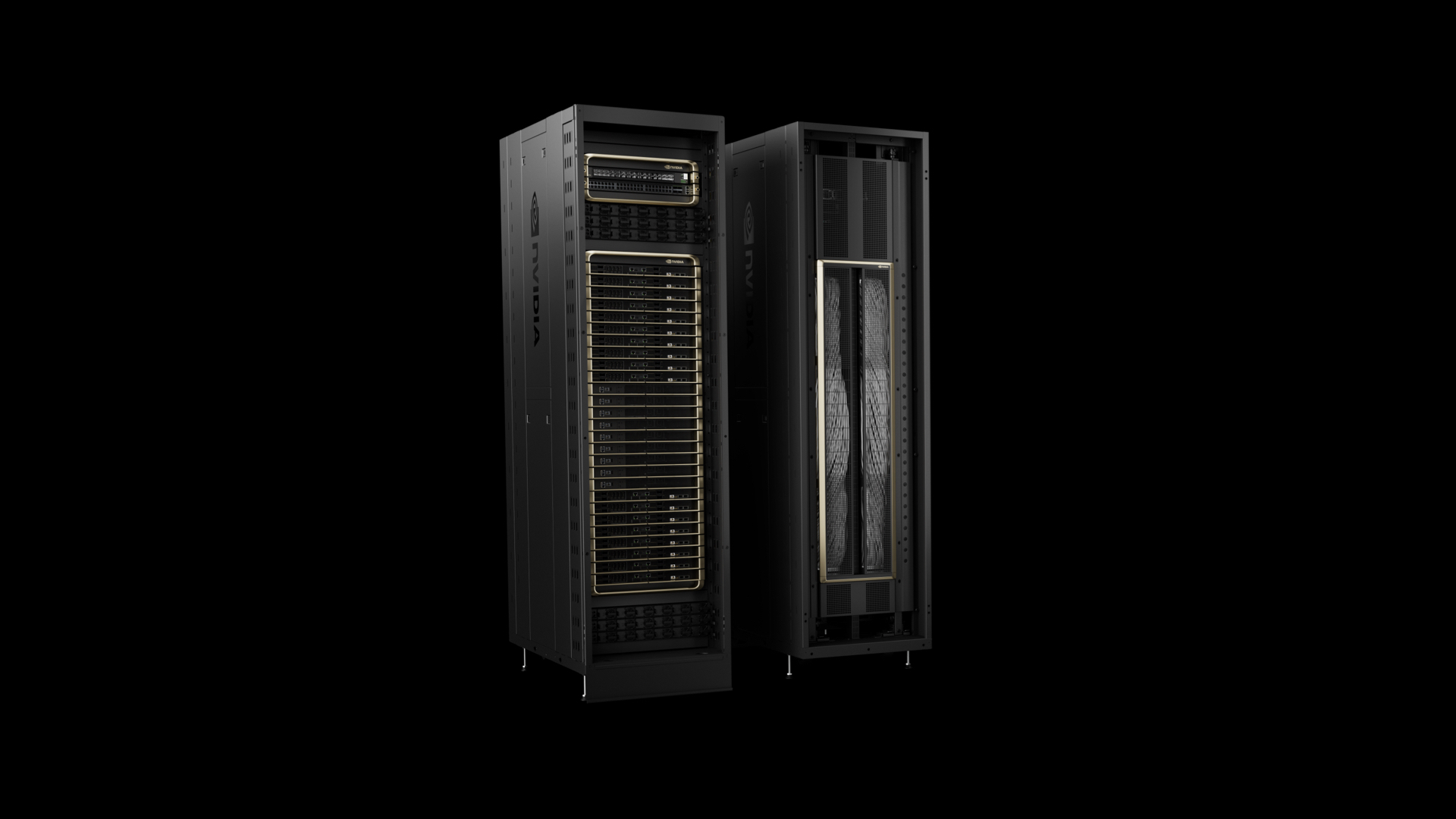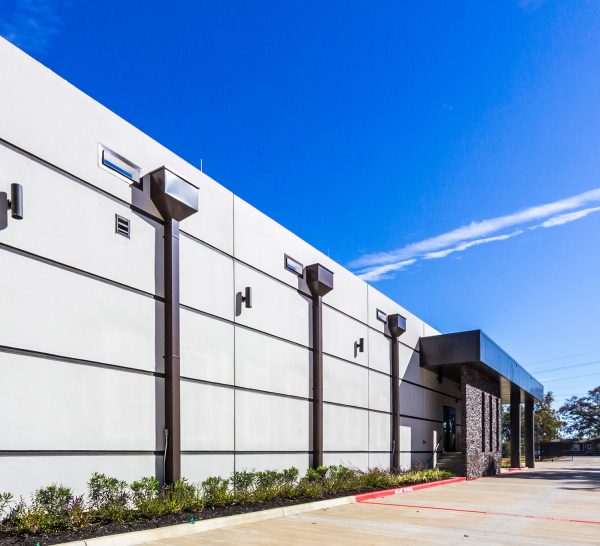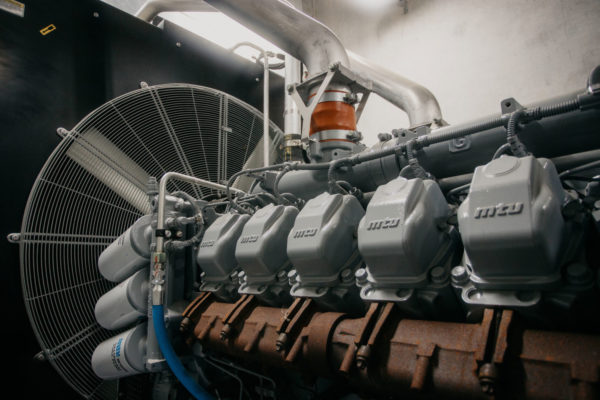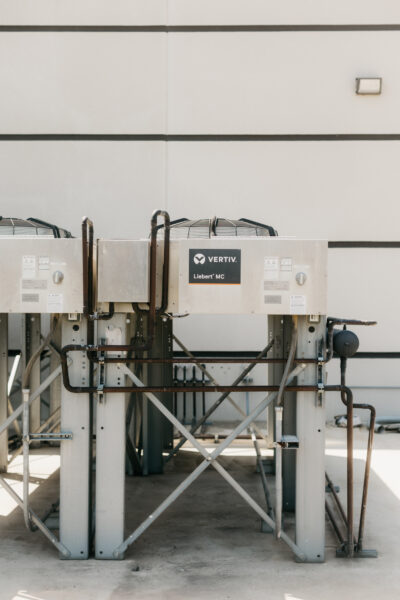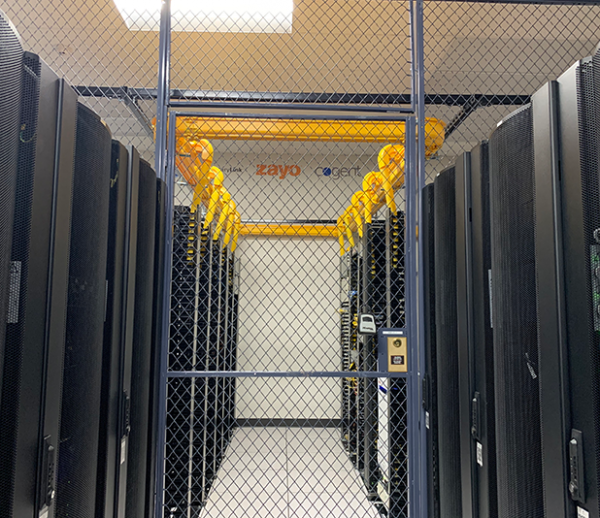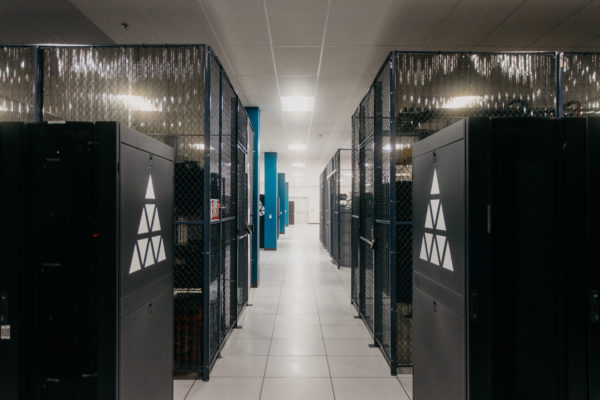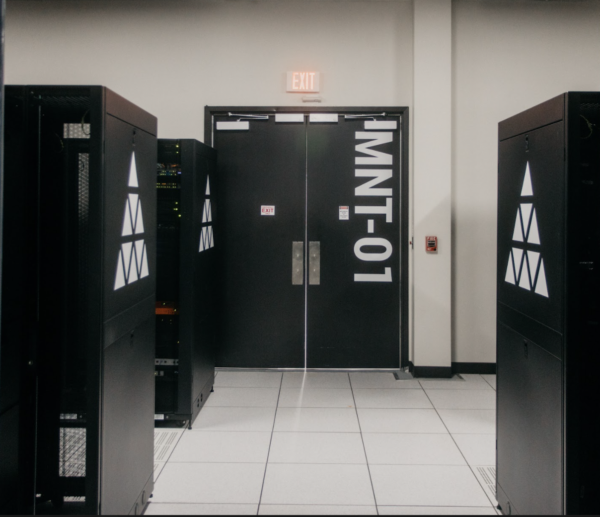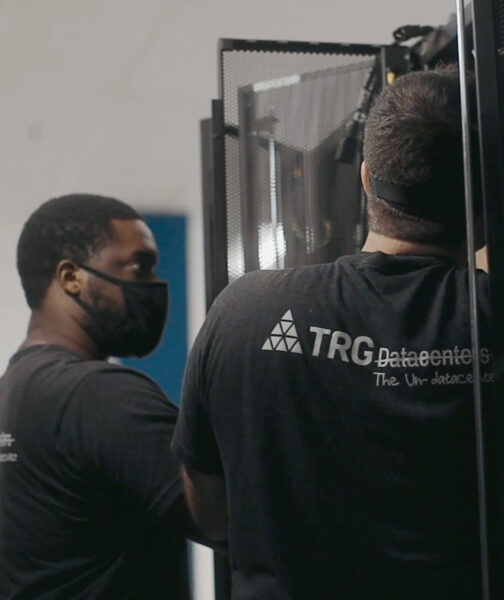As artificial intelligence (AI) and machine learning (ML) continue to advance, GPU hardware powering these technologies becomes increasingly crucial. Large language models (LLMs) and complex algorithms demand immense computational power, and NVIDIA remains a leader in providing solutions to meet these needs. With the announcement of NVIDIA Blackwell GPUs at GTC and the release of NVIDIA H200 in Q4 2025, buyers face a pivotal decision: invest in the H200 now or wait for cutting-edge Blackwell GPUs?
In this comprehensive analysis, we’ll explore the cost, release dates, performance, and lifespan of both the NVIDIA H200 and Blackwell GPUs. We’ll also delve into recent insights and benchmark results to help you make an informed decision that aligns with your AI and ML objectives.
The Significance of GPU Selection
Selecting the right GPU is more than a technical decision; it’s a strategic move that can significantly impact your AI and ML projects and budget. GPUs are the engines driving the computational demands of training and deploying LLMs. The appropriate GPU can reduce training times from weeks to days, improve inference speeds, and enable the handling of larger, more complex models. Conversely, an ill-suited GPU can bottleneck your projects, leading to delays and increased costs.
Selecting between the NVIDIA H200 and Blackwell GPUs involves aligning your hardware investment with your strategic goals, budget constraints, and project timelines.
NVIDIA H200: The Evolution Continues
NVIDIA H200 Overview and Release Timing
Building upon the success of its predecessor, the H100, the NVIDIA H200 is part of the Hopper architecture. Designed to address the escalating demands of modern AI workloads, the H200 was officially announced in 2023. It offers incremental improvements that make a significant difference in real-world applications.
H200 Performance Highlights
Enhanced Compute Capabilities: The H200 features improved Tensor Core performance, essential for AI and ML computations. These specialized units accelerate matrix operations, fundamental to neural network training and inference.
Increased Memory Bandwidth: With larger models becoming the norm, the H200 offers increased memory bandwidth, enabling it to handle substantial datasets without performance degradation.
Energy Efficiency: NVIDIA has focused on power efficiency, designing the H200 to deliver more performance per watt, which can translate into lower operational costs over its lifespan.
Cost Considerations
Initial Investment: The H200 is expected to be priced in a similar or slightly higher price than the H100, reflecting its enhanced capabilities. However, we have seen a glut of NVIDIA H100s on the market making them significantly less expensive on the secondary market. Organizations need to consider whether the performance gains justify the investment.
Total Cost of Ownership (TCO): Beyond the purchase price, the TCO includes energy consumption, cooling requirements, and maintenance. The H200’s improved efficiency may help reduce these costs over time.
Lifespan and Support
Longevity: NVIDIA typically supports their GPUs for several years, providing driver updates and software optimizations. Investing in the H200 secures support for the foreseeable future.
Software Ecosystem: The H200 is compatible with NVIDIA’s extensive software stack, including CUDA, cuDNN, and TensorRT, ensuring seamless integration into existing workflows.
Blackwell GPUs: The Next Frontier in AI/ML
Blackwell Launch and Availability
Announced at 2024 NVIDIA GTC, the NVIDIA Blackwell GPUs represent the seventh and most advanced generation of NVIDIA’s data center class GPUs. Named after mathematician David Blackwell, these GPUs are designed to address the growing computational demands of AI, particularly in training large language models and generative AI applications.
Architectural Innovations
Advanced Process Technology: Blackwell GPUs are built using a refined 4-nanometer process (N4P) from TSMC, allowing for a denser transistor count and improved energy efficiency.
Massive Transistor Count: Each NVIDIA Blackwell GPU complex contains 208 billion transistors, comprising two GPU chips with 104 billion transistors each. This massive scale enables unprecedented computational power.
Dual-Chip Design: The two GPU chips are interconnected using NVLink 5.0, effectively presenting a single GPU image to software. This design simplifies programming and maximizes performance.
Performance Highlights
Enhanced Memory Capacity and Bandwidth: Blackwell GPUs come equipped with 180 GB or more of HBM3E memory, delivering bandwidths of up to 8 TB/sec. This significant increase over the H200 enables handling even larger models and datasets.
Second-Generation Transformer Engine: NVIDIA introduces an improved Transformer Engine capable of finer-grained scaling of precision within tensors. This allows for support of FP4 precision, effectively doubling compute performance and memory efficiency over FP8.
Energy Consumption: Despite the massive performance gains, Blackwell GPUs maintain energy efficiency. The B200 model, for instance, operates at a higher thermal design power but delivers significantly higher performance.
Models and Specifications
NVIDIA B100: Delivers peak FP4 performance of 14 petaflops at a 700-watt power consumption.
NVIDIA B200: Offers 18 petaflops of FP4 performance at a higher power consumption of 1,000 watts.
Scalability: With NVLink 5.0 ports providing 1.8 TB/sec of bandwidth, Blackwell GPUs can be interconnected to form powerful AI supercomputers.
Cost Projections
Price Estimates: While official pricing hasn’t been released, it’s expected that Blackwell GPUs will come at a premium over the H200. Estimates suggest a potential increase of at least 25%, reflecting the substantial performance enhancements.
Investment Timing: Organizations must weigh the immediate benefits of adopting Blackwell GPUs against budget constraints and potential impacts on project timelines.
Lifespan and Future-Proofing
Extended Support: As the latest generation, Blackwell GPUs will likely have an extended support window, offering a longer lifespan for your investment.
Software and Compatibility: While NVIDIA strives for backward compatibility, the new architecture may require updates to existing software and workflows.
Performance Results: NVIDIA H200 vs. Blackwell
Benchmark Comparisons
Recent benchmark results provide valuable insights into the performance differences between the H200 and Blackwell GPUs. NVIDIA published the first MLPerf 4.1 results for its Blackwell B200 GPU, revealing significant performance gains.
Inference Performance: In server inference tests using the Llama 2 70B model, a single Blackwell B200 GPU achieved 10,755 tokens per second, while in offline tests, it reached 11,264 tokens per second.
Comparative Analysis: For context, a four-way Hopper H100-based machine delivers similar results, indicating that a single Blackwell B200 GPU is approximately 3.7 to 4 times faster than a single H100 GPU.
Understanding the Caveats
While these results are impressive, it’s essential to consider the factors contributing to these performance gains:
Precision Formats: The Blackwell GPUs utilize FP4 precision, supported by their fifth-generation Tensor Cores, effectively doubling compute performance over FP8 used in H100 and H200 GPUs.
Memory Capacity and Bandwidth: The B200 GPU features 180 GB of HBM3E memory, whereas the H100 SXM has 80 GB (up to 96 GB in some configurations), and the H200 can have up to 144 GB of HBM3E. Higher memory capacity and bandwidth are critical for handling large models efficiently.
Scaling and Configuration: Comparing a single B200 GPU to a four-way H100 setup introduces variables in scaling efficiency. Multi-GPU configurations may not scale linearly due to communication overhead between GPUs.
Real-World Performance Expectations
Single GPU Comparison: When comparing single GPUs, a Blackwell B200 GPU demonstrates a performance increase of about 2.5 times over a single H200 GPU, based on tokens per second.
Workload Variability: Actual performance gains may vary depending on specific workloads, model sizes, and whether the tasks are memory-bound or compute-bound.
Deep Dive into Performance Gains
Interpreting the 4x Performance Claim
The claim of up to 4x performance improvement with Blackwell GPUs is influenced by several factors:
FP4 Precision: Moving from FP8 to FP4 doubles the compute throughput. However, not all workloads can effectively utilize lower precision without impacting accuracy.
Memory Advantages: Increased memory capacity allows for larger models or more model instances per GPU, improving throughput in inference tasks.
Interconnect Enhancements: NVLink 5.0 provides higher bandwidth for GPU-to-GPU communication, reducing bottlenecks in multi-GPU configurations.
Limitations and Considerations
Precision Trade-offs: Utilizing FP4 precision may require model adjustments to maintain accuracy. Not all models can benefit from lower precision.
Scaling Challenges: Multi-GPU configurations can introduce overhead due to communication latency and bandwidth limitations. The efficiency gains may diminish as the number of GPUs increases.
Benchmark Context: NVIDIA’s published results focus on specific benchmarks like the Llama 2 70B model. Performance improvements may not generalize across all types of AI workloads.
Cost vs. Performance Considerations
Budget Constraint Considerations
Immediate Needs: If your organization has pressing AI projects, the cost of delaying could outweigh the benefits of waiting for Blackwell. The H200 offers a high-performance solution available now.
Future Investment: If budgets allow and projects are on a longer timeline, investing in Blackwell GPUs could provide better performance per dollar in the long run.
Return on Investment (ROI)
H200 ROI: Investing in the H200 now could lead to immediate productivity gains. Faster training and deployment can accelerate time-to-market, potentially leading to quicker ROI.
Blackwell ROI: While offering higher performance, Blackwell GPUs may have a higher initial cost. However, their advanced capabilities could lead to greater long-term ROI through operational efficiencies and competitive advantages.
Total Cost of Ownership
Energy Consumption: Both the H200 and Blackwell GPUs are designed for energy efficiency. Blackwell’s advancements may offer superior savings over time due to its ability to perform more computations per watt.
Maintenance and Support: Longer support lifespans reduce maintenance expenses. Blackwell GPUs, being newer, will receive support and updates further into the future.
Lifespan and Future-Proofing: Planning Ahead
Compatibility with Existing Infrastructure
NVIDIA H200: Likely compatible with current data center infrastructure, minimizing additional upgrade costs. This ease of integration can reduce deployment times.
NVIDIA Blackwell GPUs: The new architecture may require updates to hardware, cooling systems (especially if considering water-cooled models), or power supplies. These additional costs and complexities should be factored into the decision.
Software and Ecosystem Support
H200: Immediate compatibility with existing software stacks ensures that your team can continue using familiar tools and workflows without interruption.
Blackwell: New features and capabilities may necessitate updates to software, retraining of staff, or changes in workflows, which could introduce temporary inefficiencies.
Upgrade Paths
Scalability: The H200 allows you to scale operations based on current technologies. It’s a reliable stepping stone that can be expanded upon as your needs grow.
Future Capabilities: Blackwell GPUs introduce possibilities not feasible with current hardware, potentially offering a strategic advantage in adopting next-generation AI applications.
Decision Factor: Aligning with Organizational Needs
When to Select the NVIDIA H200
Urgency of Projects: If you have immediate AI and ML projects that require enhanced computational power, the H200 is the practical choice.
Budget Availability: With capital allocated for hardware upgrades now, investing in the H200 can prevent budget reallocation in the future.
Risk Mitigation: Choosing the H200 minimizes risks associated with adopting untested technology or facing potential delays.
When to Select NVIDIA Blackwell GPUs
Long-Term Vision: If your organization is planning for projects that will commence in the future and you can afford to wait, Blackwell GPUs may align better with your long-term goals.
Competitive Edge: Staying at the technological forefront is crucial for some organizations. Blackwell GPUs offer cutting-edge performance that could provide a significant advantage.
Budget Flexibility: If your financial planning can accommodate potential higher costs, the benefits of Blackwell GPUs may justify the investment.
Risk Assessment
H200 Risks: Investing in the H200 now may mean missing out on the advancements that Blackwell GPUs offer. However, technology constantly evolves, and waiting indefinitely isn’t practical. We also saw cloud GPU rental pricing decline significantly on the H100 with the anticipated release of the H200. This impacted rental rates and pricing for used H100s.
Blackwell Risks: Adopting new technology comes with uncertainties, such as potential supply chain issues, higher-than-expected costs, or the need for infrastructure upgrades.
Making the Right Choice for Your AI/ML Journey
The decision between the NVIDIA H200 and the new Blackwell GPUs involves multiple factors, including technical specifications, benchmark performance, budget considerations, project timelines, and strategic objectives. There is no one-size-fits-all answer, but careful analysis can guide you toward the choice that best fits your organization’s needs.
Immediate Performance Gains with the H200
Available Now: The H200 provides a tangible solution to enhance your AI capabilities in the near term. NVIDIA H200s are expected to be delivered starting in mid-November with most deliveries taking place in Q1 2025.
Proven Technology: Building on the Hopper architecture, the H200 offers reliability and compatibility with existing systems.
Reduced Uncertainty: Choosing the H200 minimizes risks associated with new technology adoption.
Future Proofing with NVIDIA Blackwell
Significant Performance Leap: Blackwell GPUs offer substantial advancements, including up to 4x performance improvements in specific benchmarks.
Extended Lifespan: As the latest generation, Blackwell GPUs may extend the viable life of your hardware investment.
Strategic Positioning: Adopting cutting-edge technology can provide a competitive advantage in rapidly evolving industries.
Hosting Your NVIDIA H200 or Blackwell GPUs?
Optimizing your AI infrastructure is a complex task requiring expertise and foresight. TRG Datacenters is here to help you navigate these decisions. Our team of professionals can provide guidance on deploying NVIDIA GPUs, assessing your current infrastructure, and planning for future growth.
Reach out to us to discuss how we can support your organization’s AI and ML endeavors, ensuring your data center infrastructure meets the demands of today’s projects and is scalable for tomorrow’s challenges.
Looking for GPU colocation?
Deploy reliable, high-density racks quickly & remotely in our data center
Want to buy or lease GPUs?
Our partners have H200s and L40s in stock, ready for you to use today
